The most common material for the load-bearing balls in recirculating ball bearings and ball screws is bearing steel. The use of steel balls on steel raceways is a proven, low-cost solution that yields high load capacity and long life under a wide variety of conditions. And when an application isn’t suitable for steel, the bearing housing or ball nut exterior can be made of a different material, such as stainless steel or aluminum, or coated to provide special properties, such as corrosion resistance. But the rolling elements (balls) are more difficult to modify, since they must have the strength and material properties necessary for carrying high loads and/or achieving high speeds, without excessive wear or premature failure.
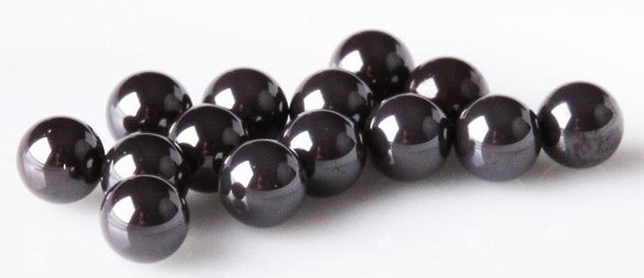
This is why you’ll find a variety of material options for a bearing housing or ball nut, while the load-carrying balls, in most cases, remain as bearing steel. But for applications where any steel in the bearing is unacceptable, several manufacturers now offer linear bearing and ball nut designs with balls made of ceramic (specifically, silicon nitride: Si3N4).
Need for speed
Recirculating linear bearings with ceramic balls were originally introduced for applications that required higher operating speeds. Traditional recirculating bearings with steel balls are typically limited to a maximum speed of 5 m/s, due to the forces the balls exert on the bearing end caps during recirculation.
Recalling that force = mass * acceleration, the best way to reduce the forces on the end caps without jeopardizing speed capability is to reduce the mass of the recirculating elements, and ceramic does just that, with a lower density and lower mass than that of steel. Recirculating linear bearings with ceramic balls can achieve maximum speeds up to 10 m/s.
Vacuum and ESD-sensitive applications
From a material standpoint, ceramic is non-porous and non-conductive, making it ideal for vacuum applications and those that are sensitive to static discharges. These requirements often come up in semiconductor and electronics manufacturing, as well as aerospace applications. The aerospace and military industries also see frequent requirements for components that can handle extremely high or low temperatures or wide temperature fluctuations. In these applications, ceramic is also a better choice than steel, due to ceramic’s lower coefficient of thermal expansion.
Hybrid ball nuts combine steel and ceramic
Ball nut manufacturers offer two designs that incorporate ceramic balls. In the first — as with most linear bearings — the traditional steel balls are completely replaced with ceramic versions. But some manufactures offer a hybrid design with a combination of both ceramic and steel balls.
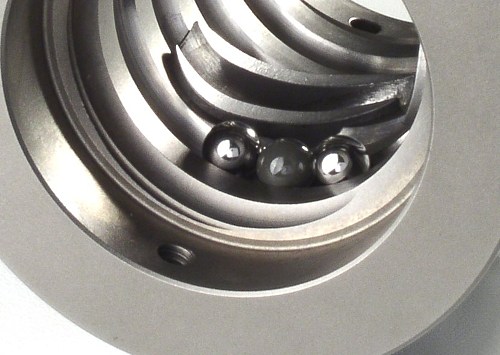
Image credit: Steinmeyer Inc.
The first option — balls all made from ceramic — replaces metal-to-metal contact between the ball and raceway with ceramic-to-metal contact, so adhesive wear and micro-welding are eliminated. In the hybrid design, the steel balls often serve as “spacers,” which alter the kinematics of the nut, reducing friction and wear while maintaining good load capacity.
Images credit: Umbra Group
Note that while it is possible to run full ceramic bearings (raceways and balls both made of ceramic) without lubrication, linear bearings and ball nuts have raceways made of metal (steel or stainless), so even if the balls are completely ceramic, they still require lubrication. However, ceramic balls are less sensitive to changes in lubrication conditions and, therefore, are less likely to experience extreme wear or failure as lubrication is depleted or as lubricant properties change with use.



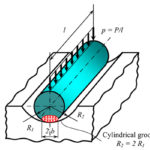
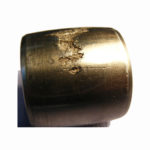
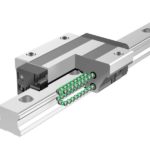
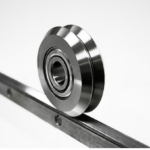
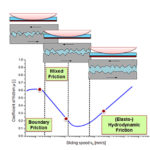

I was not aware of this. Will surely keep all this noted some where to utilize it while using them. Thanks for sharing the article.